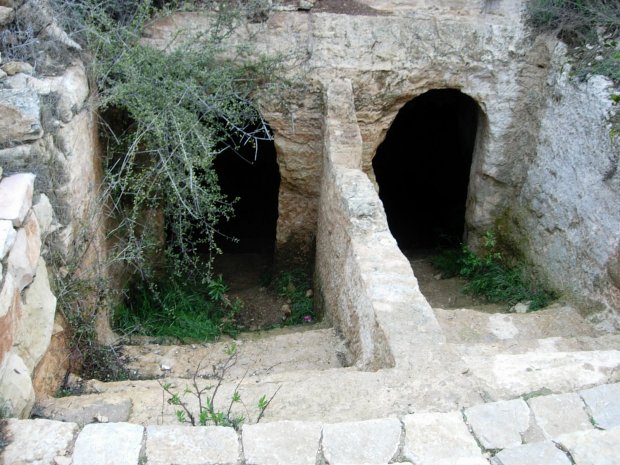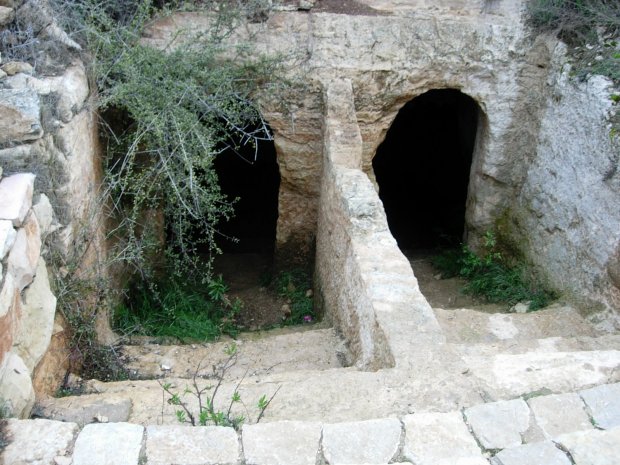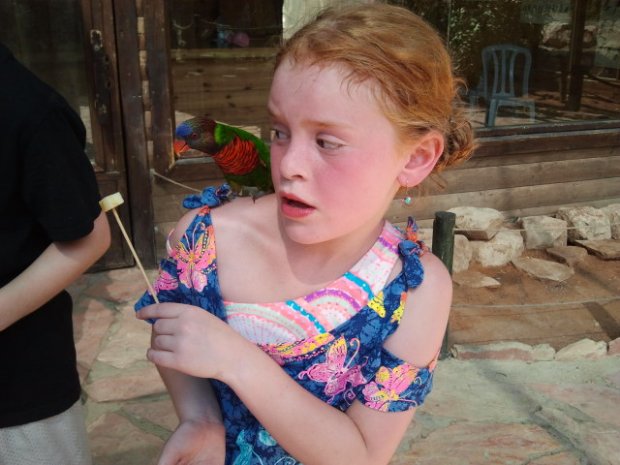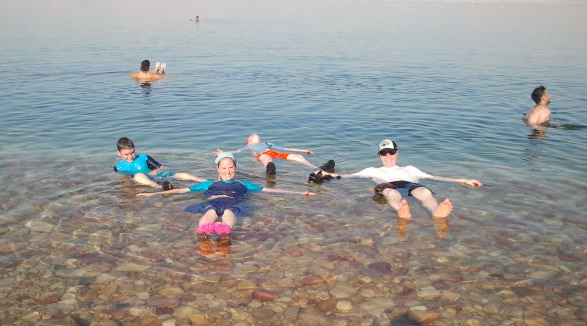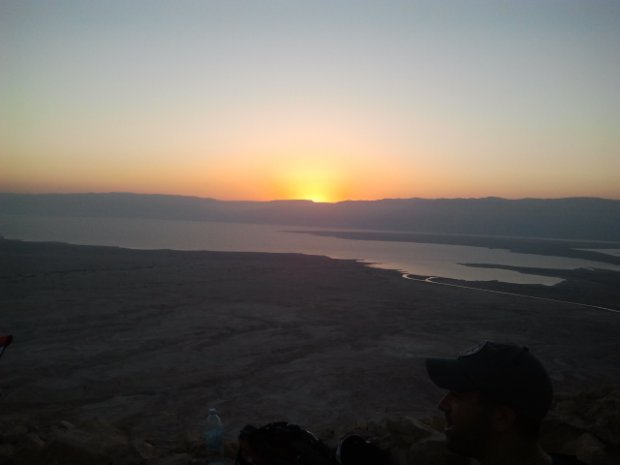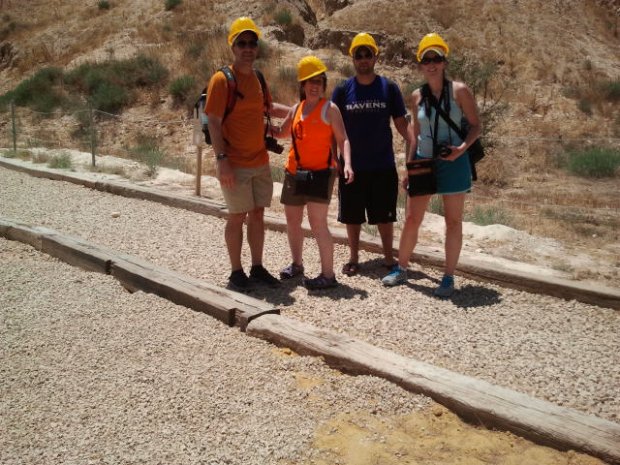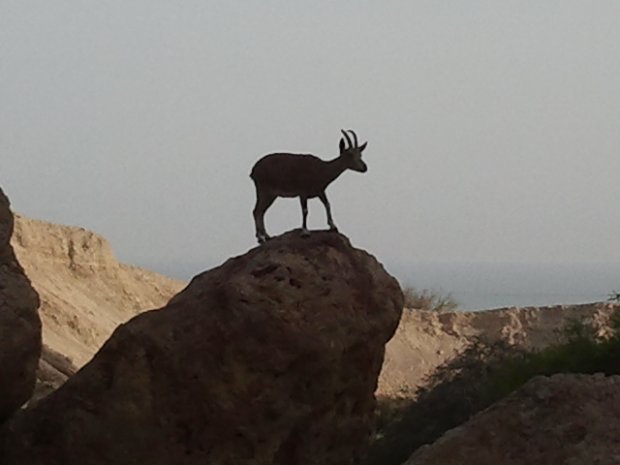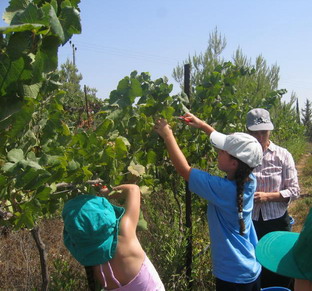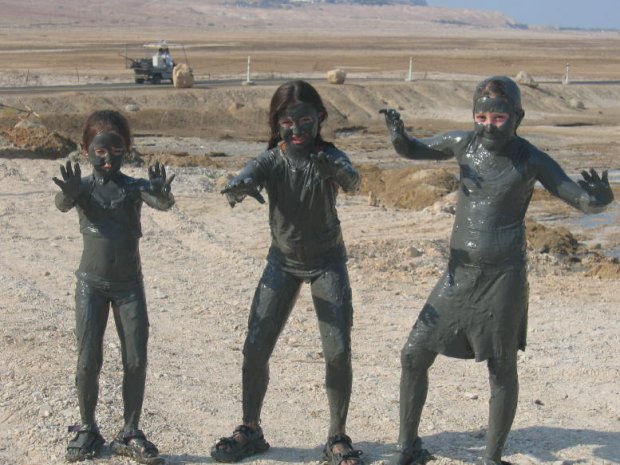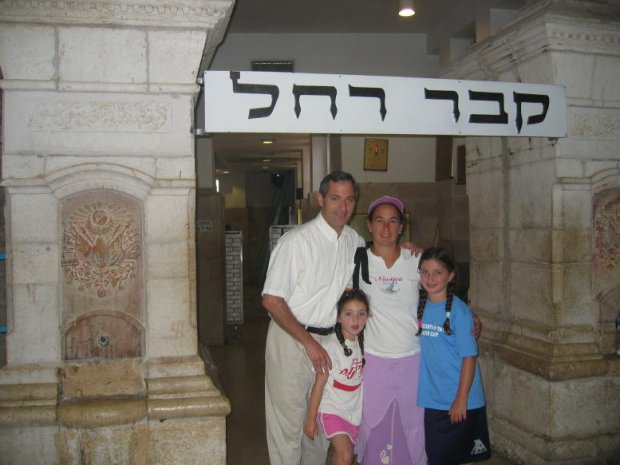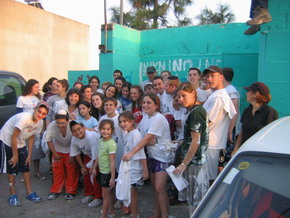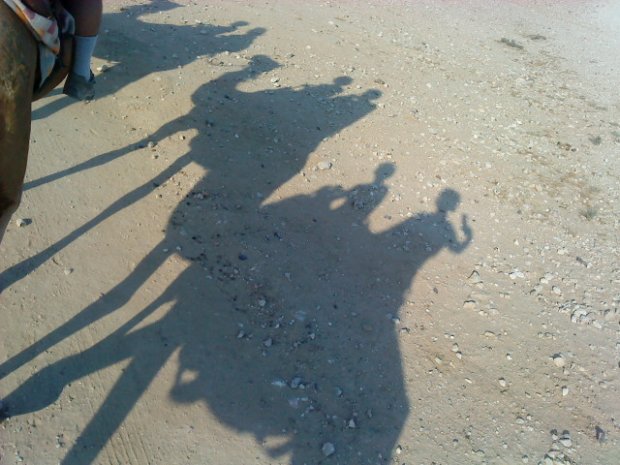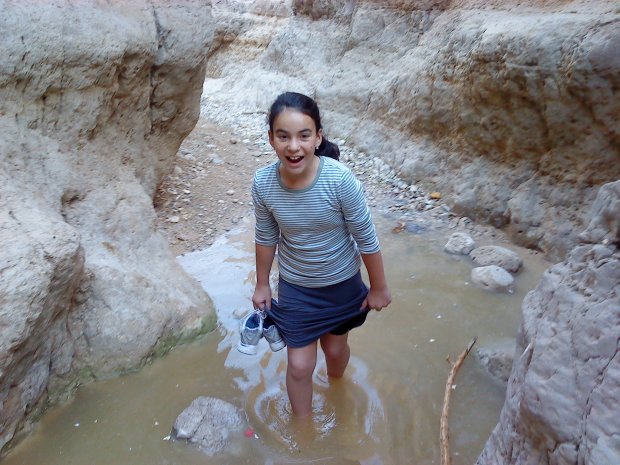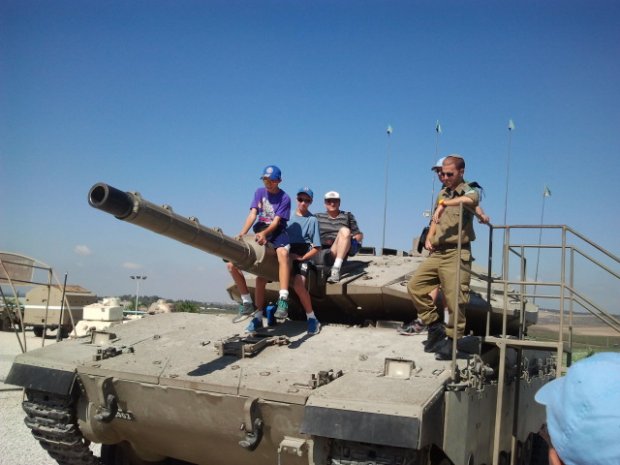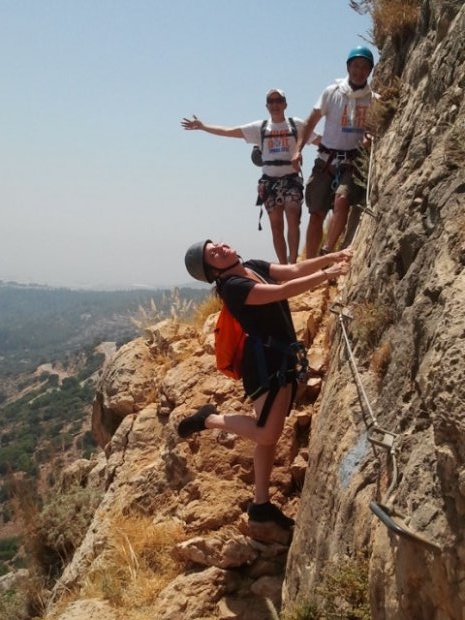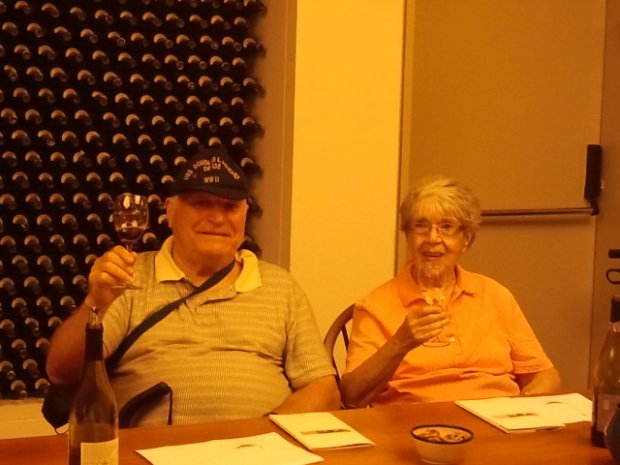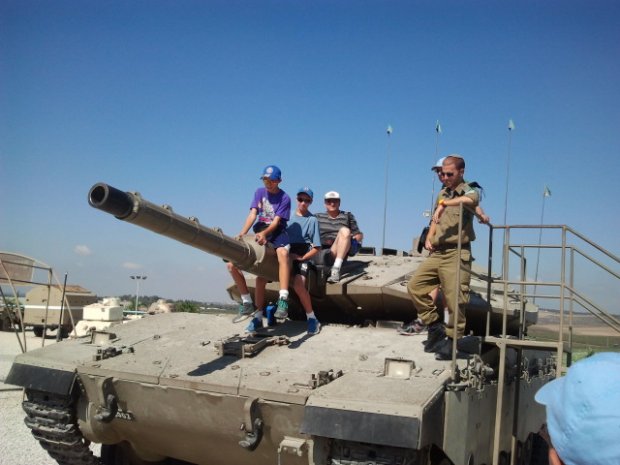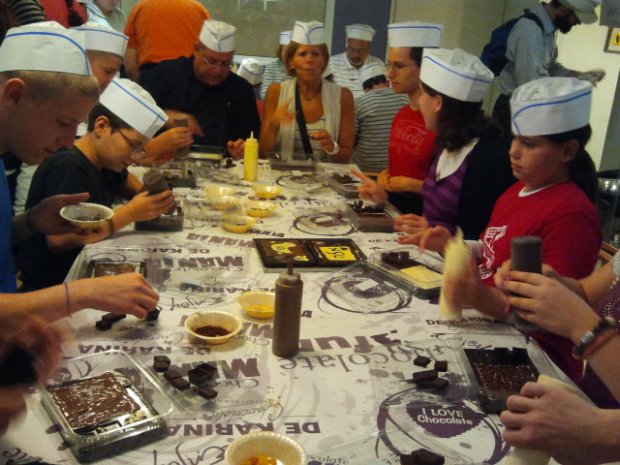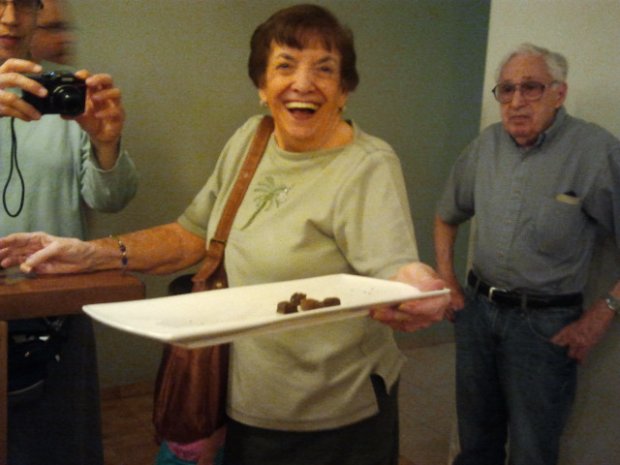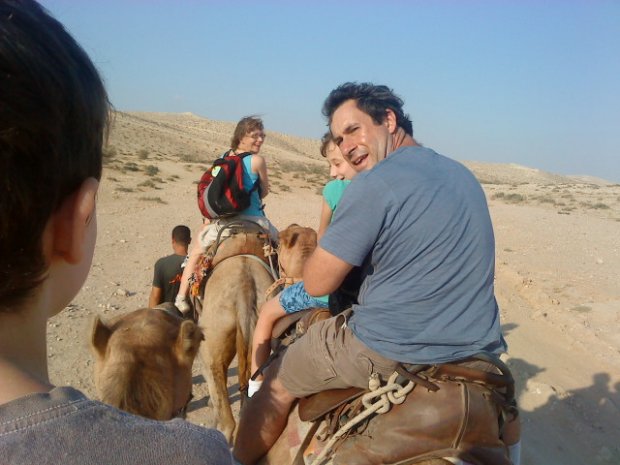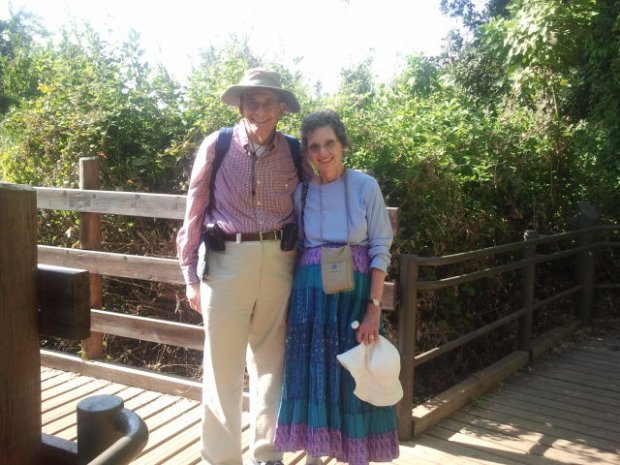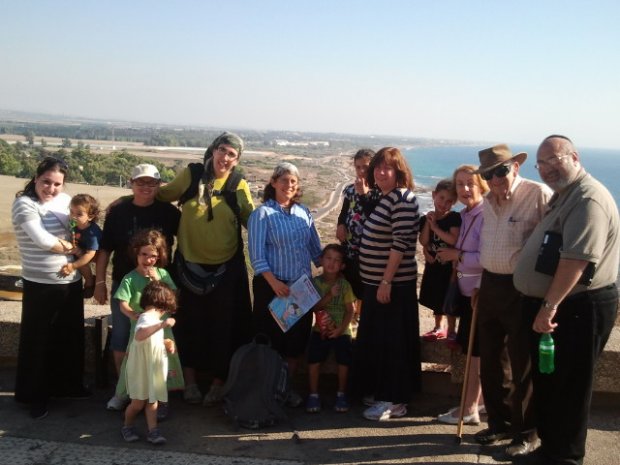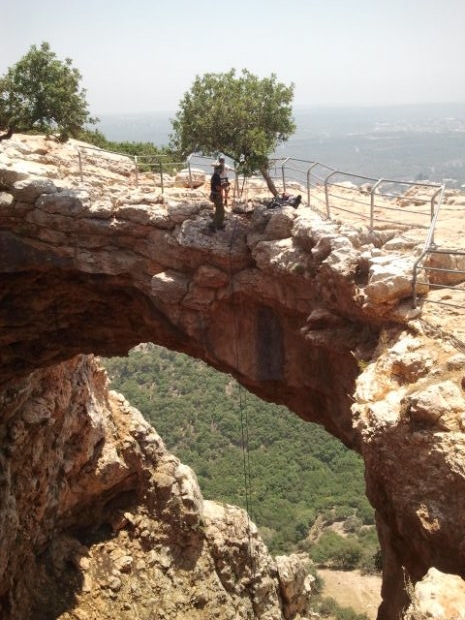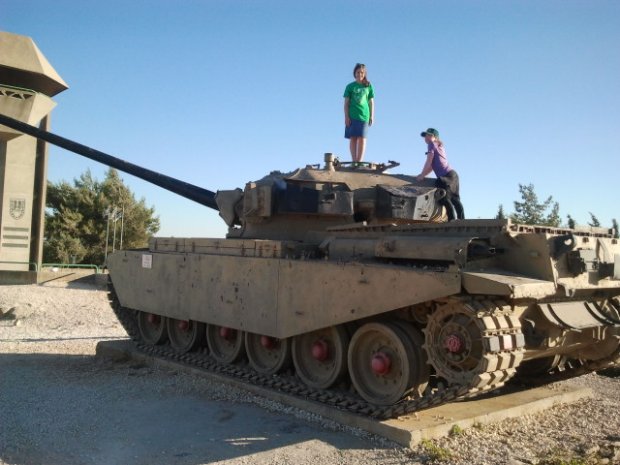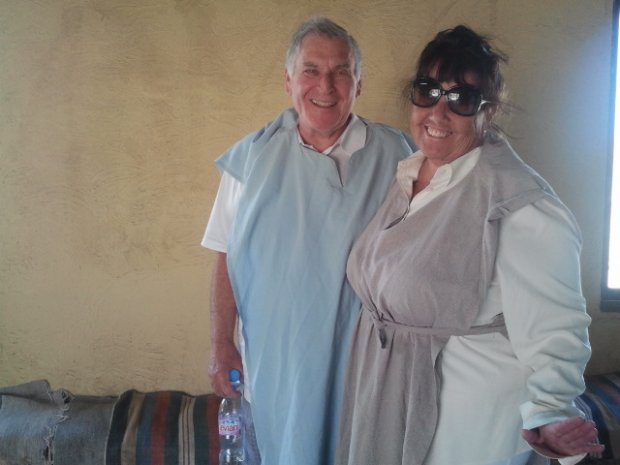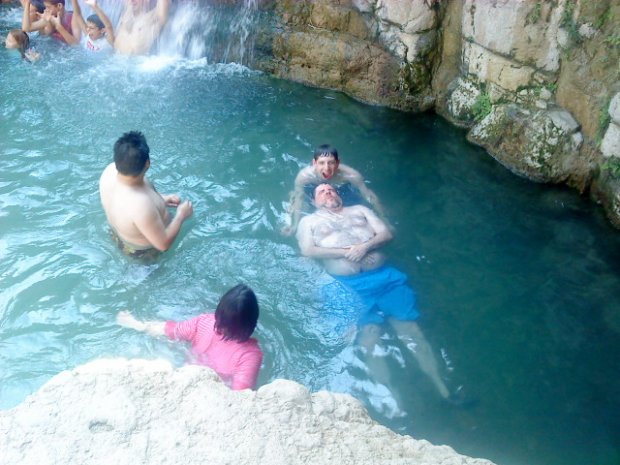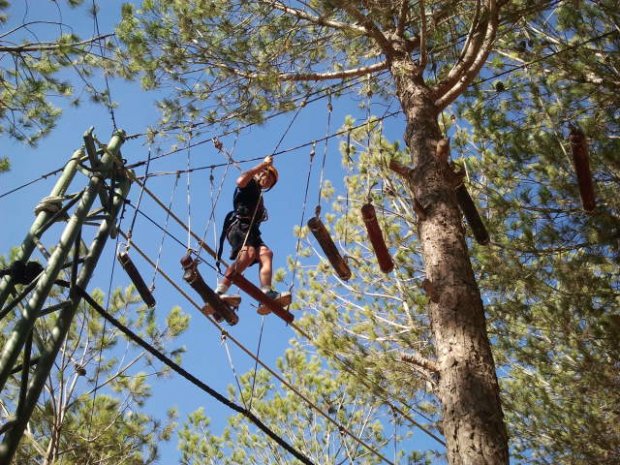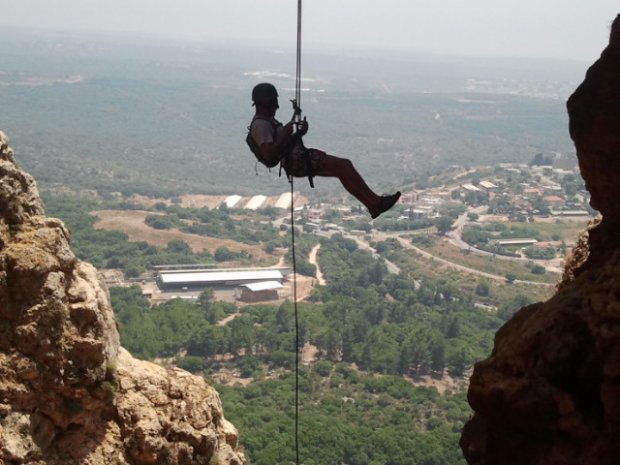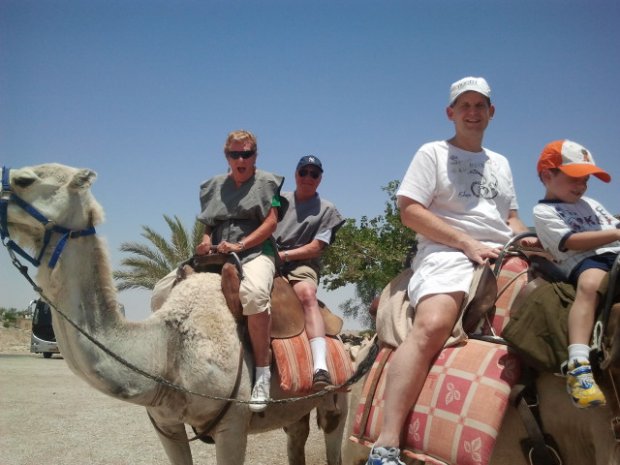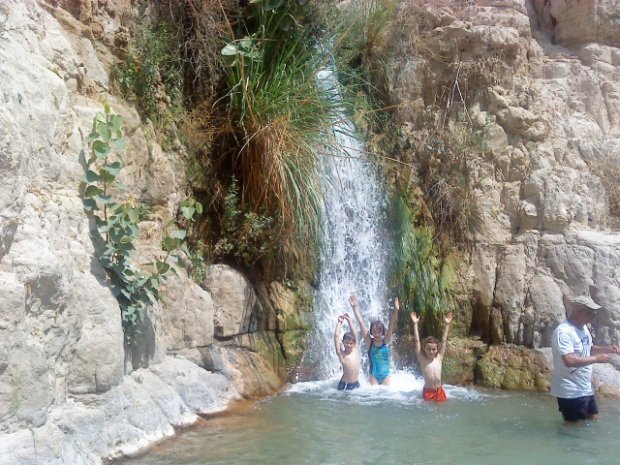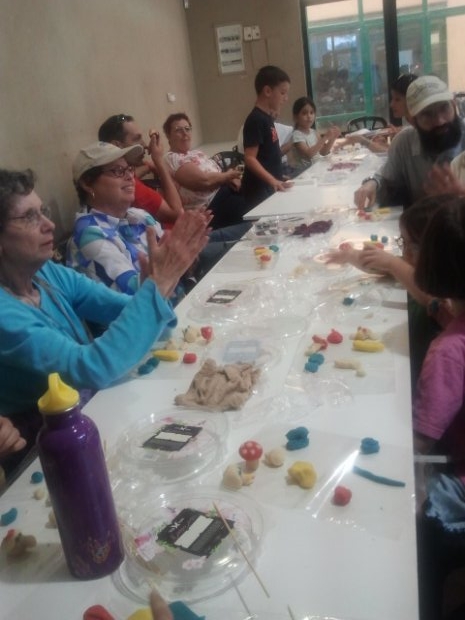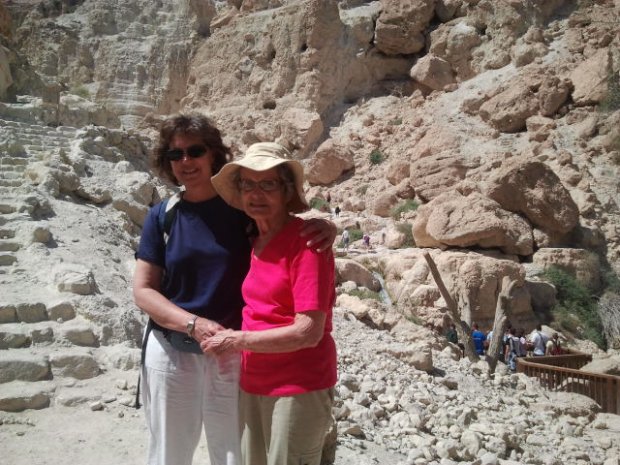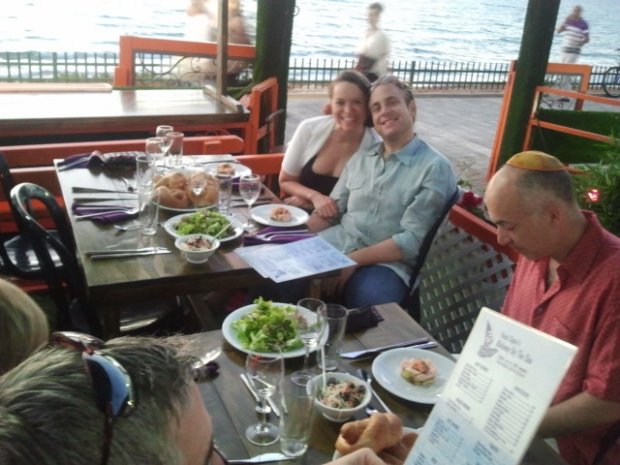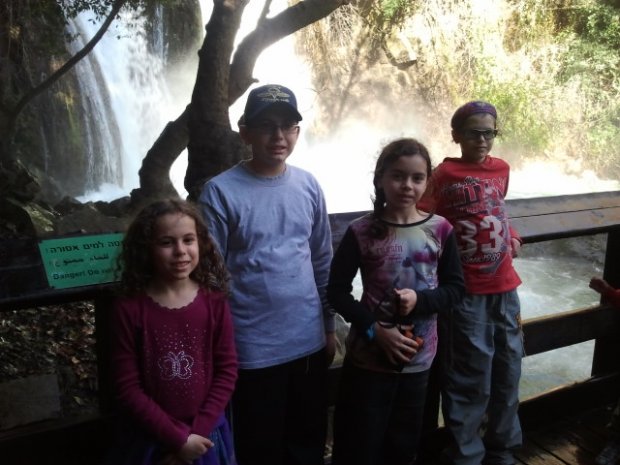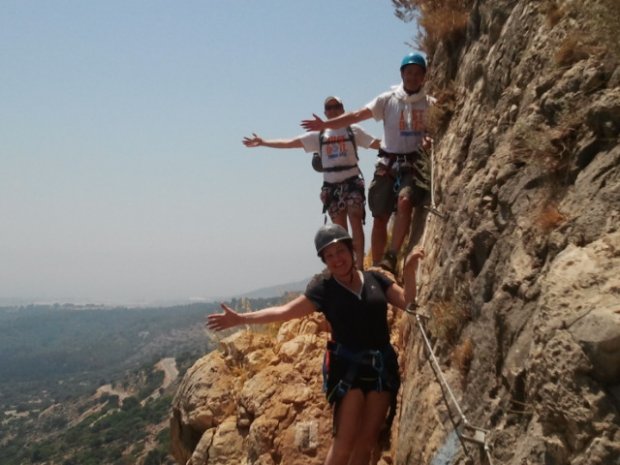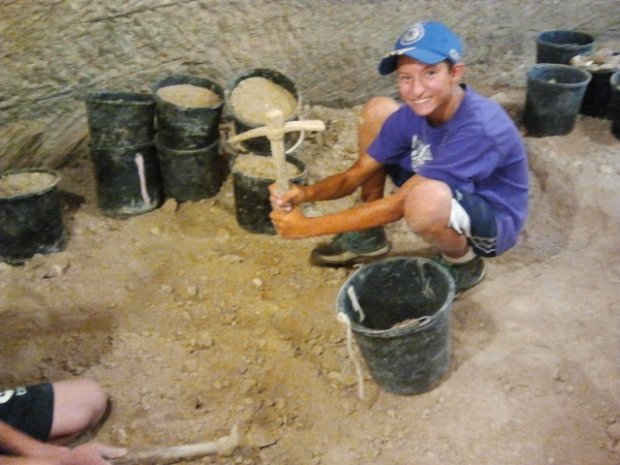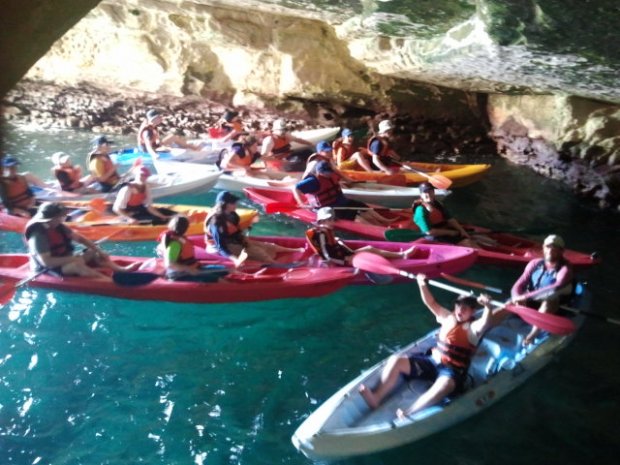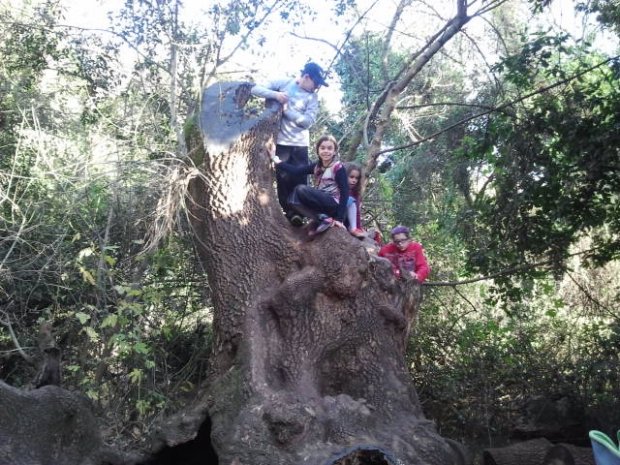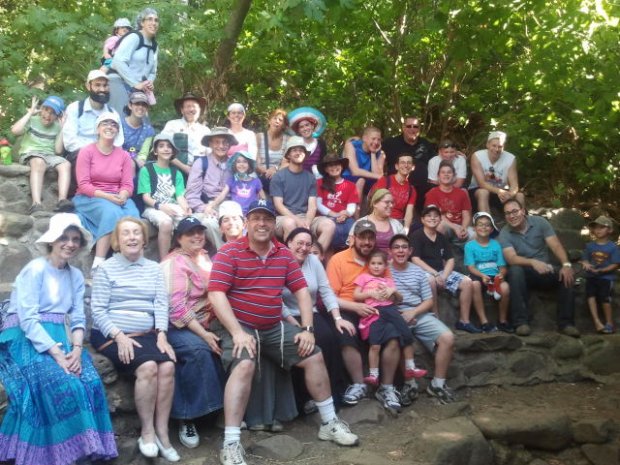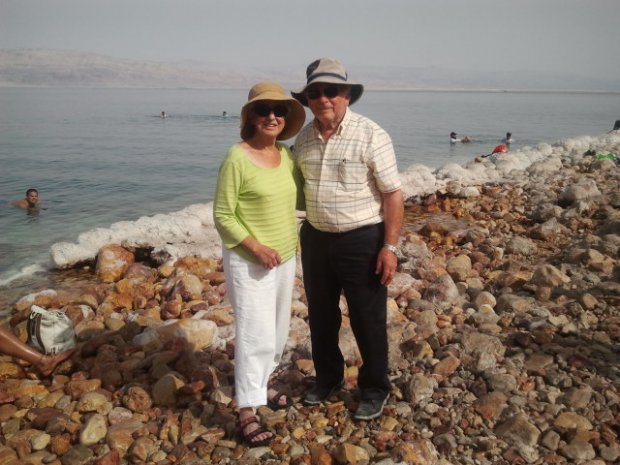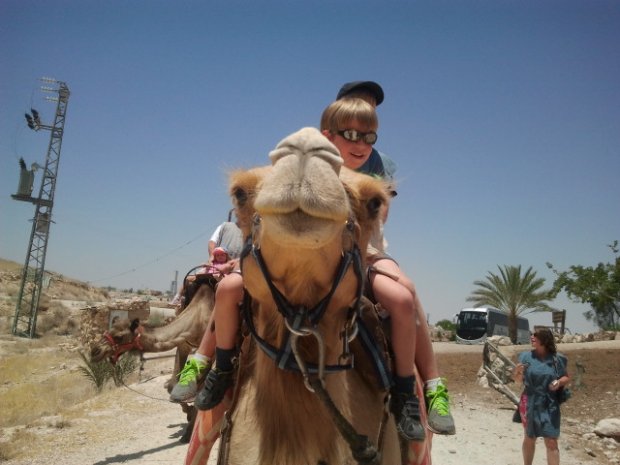Brief Introduction to Israel
Brief Introduction to Israel .....a land flowing with milk and honey ...
| “Lift up your eyes and see from the place you are now-northwards, southwards, eastwards, and westwards. For all the land you see I will give to you and to your future generations forever.” (Bereshit 13:14-15) |
Israel is a small, narrow semi-arid country on the southeastern coastline of the Mediterranean Sea. It entered history some 35 centuries ago when the Jewish people, settled in the Land and became a nation. Over the years, the Land was known by many names - Eretz Israel (Land of Israel); Zion, originally intended as the place where God’s presence will reside, came to signify both the city of Jerusalem and the Land of Israel as a whole; Palestine, derived from Philistia, and first used by the Romans; the Promised Land; and the Holy Land, to mention but a few. However, to most Israelis today, the country is simply Ha'aretz - the Land.
Long and narrow in shape, the country is about 290 miles (470 km.) in length and 85 miles (135 km.) in width at its widest point. The country is bordered by Lebanon to the north, Syria to the northeast, Jordan to the east, Egypt to the southwest and the Mediterranean Sea to the west. Mountains and plains, fertile land and desert are often minutes apart. The width of the country, from the Mediterranean Sea in the west to the Dead Sea in the east, can be crossed by car in about 90 minutes; and the trip from Metulla, in the far north, to Eilat at the country's southern tip takes about six hours. Israel's area within boundaries and ceasefire lines, including the areas under Palestinian self-government, is 10,840 square miles (27,800 sq.km.)..
Length of border with Jordan is approximately 240 miles Length of border with Syria is about 50 miles Length of border with Lebanon is about 63 miles
Approximately, 9.02 million people live in Israel today, an increase of 2% since last year. Jews make up 74.2% of the population 6.7 million and the Arab Israeli population stands at 1.9 million, or 20.9% of the country’s inhabitants. Of the non-Jewish population, about 80% are Muslims, 10% are Christian, and about 10% are Druze. Since 1989, nearly a million immigrants from the former Soviet Union have arrived in Israel, making this the largest wave of immigration since independence. In addition, almost 50,000 members of the Ethiopian Jewish community have immigrated to Israel, 14,000 of them during the dramatic May 1991 Operation Solomon airlift. 36% of Israelis were born outside Israel. A wide spectrum of lifestyles characterize the country, ranging from religious to secular, from modern to traditional, from urban to rural, from communal to individual. The three broad Jewish groupings are the Ashkenazim, or Jews who trace their ancestry to western, central, and eastern Europe; the Sephardim, who trace their origin to Spain, Portugal, southern Europe, and North Africa; and Eastern or Oriental Jews, who descend from ancient communities in Islamic lands.
Education is compulsory from age 5 to 16 and is free up to age 18.
Finally, let's remember that Israel is the only Democracy in the Middle East!!!
Main Cities:
Jerusalem, Israel's capital (population 901,300), has stood at the center of the Jewish people’s national and spiritual life since King David made it the capital of his kingdom some 3000 years ago. Today it is a flourishing, vibrant metropolis, the seat of the government, the spiritual center for the Jewish people, and Israel’s largest city. As the political, religious, and scholarly capital of Israel, Jerusalem's economy is based on service industries, including government, education, religion, and tourism, with manufacturing playing a relatively small role.
Tel Aviv-Yafo (population 443,930), which was founded in 1909 as the first Jewish city in modern times, is today the center of the country’s industrial, commercial, financial and cultural life. Israel's only stock exchange as well as nearly 40% of the country's finance and banking industry is located in Tel Aviv. High-tech is Israel's number one industry and has been the engine of Israel's rapid economic development over the last decades, even in the face of a global economic crisis. Israel has the largest number of startup firms per capita of any country and the second largest concentration of high-tech companies (after Silicon Valley). As a city that encourages innovation and creativity, Tel Aviv is the heart Israel's high-tech and information-based industries, home to most of the country's startup companies. The Gush Dan region, from Bat Yam to Netanya is Israel's largest populated area, home to almost 4 million people.
Haifa (population 281,087), is a major Mediterranean port and the industrial and commercial center of northern Israel. It is home to the Technion, Israel's biggest scientific-technological university and one of the largest centers of applied research in the world.
Be’er Sheva (population 207,551), Israel's 8th largest city, described in the Tanach/Bible as home to the patriarchs, is one of the largest urban centers in the south. It provides administrative, economic, health, education and cultural services for the entire southern region. Be'er Sheva is the home of Soroka Medical Center, Ben-Gurion University, Israel Aerospace Industries, Teva Pharmaceutical Industries, Deutsche Telekom, Elbit Systems, EMC, Lockheed Martin, Ness Technologies, WeWork and RAD Data Communications , a cyberincubator , and a Science park.Beit Shemesh (population 114,371) mentioned in the Bible as a city located in the tribal area of Judah, was restablished in 1950 as a "development town primarily for new immigrants. Today Beit Shemesh is a thriving city located only 30 km from Jerusalem.
Golan Heights -(50,000) annexed by Israel in 1981, this area is of strategic importance to the rest of the country due to its location overlooking the Galilee and from the fact that it supplies Lake Kinneret (the Sea of Galilee) - a major source of water for Israel - with one third of its water. Just under half of the population in the Golan Heights is Jewish (22,000) and the rest Druze and a small Alawite minority. The Golan Heights is the home to the Hermon Mountain ski range, many wineries, fabulous bike paths, and the best agricultural land for apples and other fruits. There are 28 rural communities in the Golan and plus the "city" of Katzrin, lovingly called the "Capital of the Golan".
Judea and Samarea (aka, the Territories, or according to Jordanian perspective, the West Bank) - this is area that was acquired by Israel due to the 6 Day War. There are over 400,000 Jewish residents living in this region.





